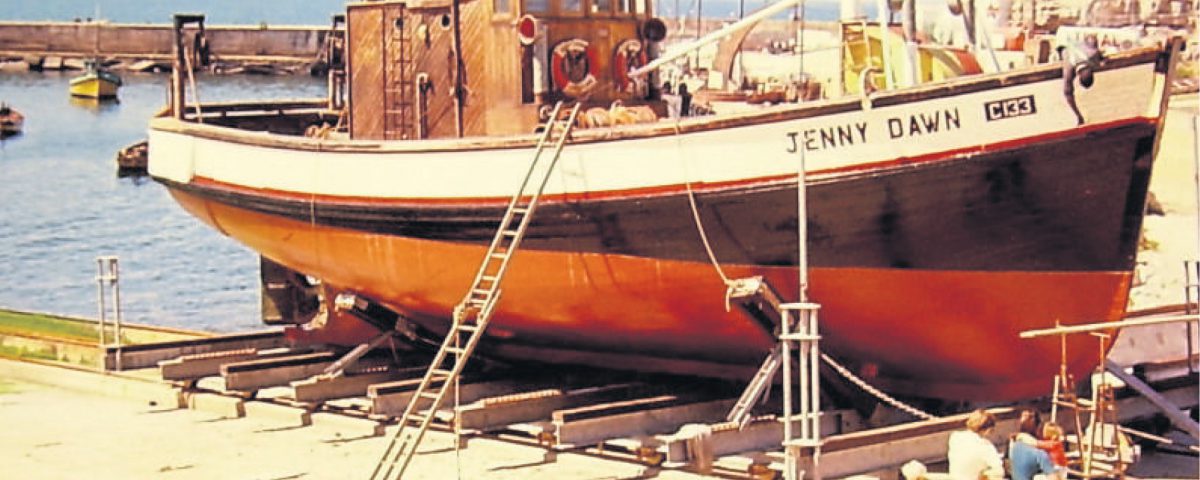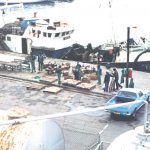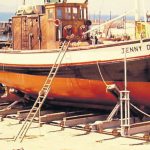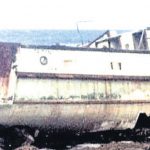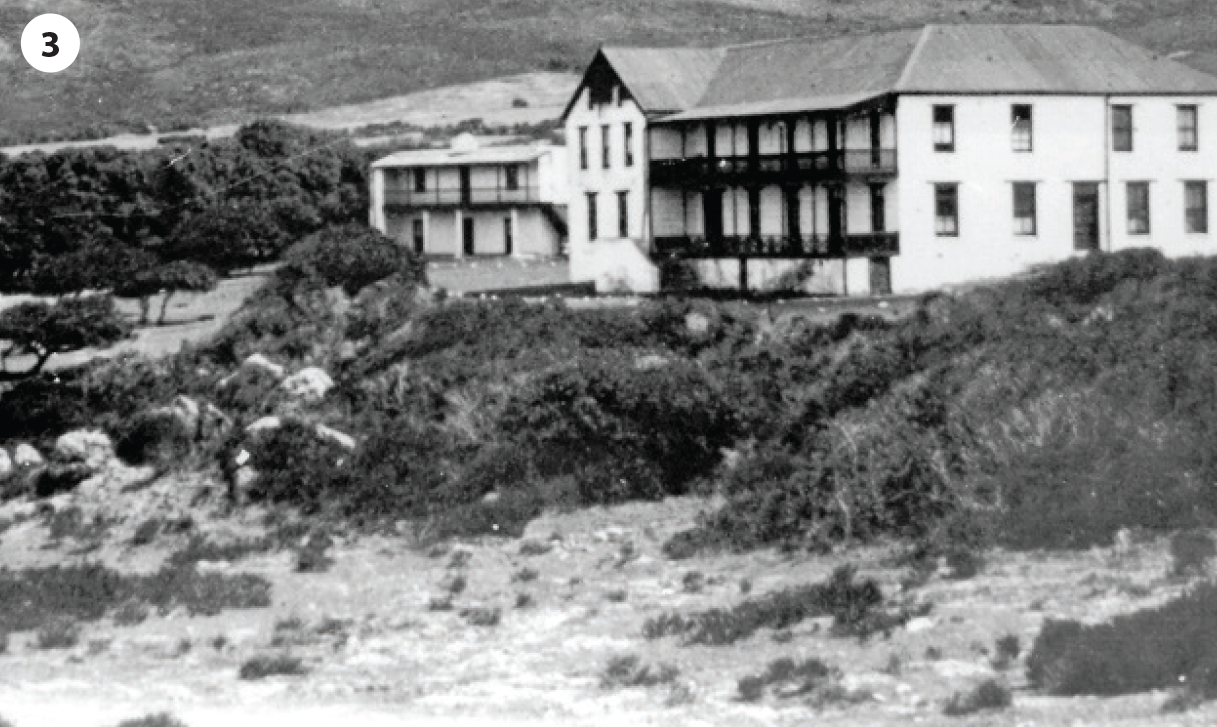
A history of the tourism economy of Hermanus
March 5, 2020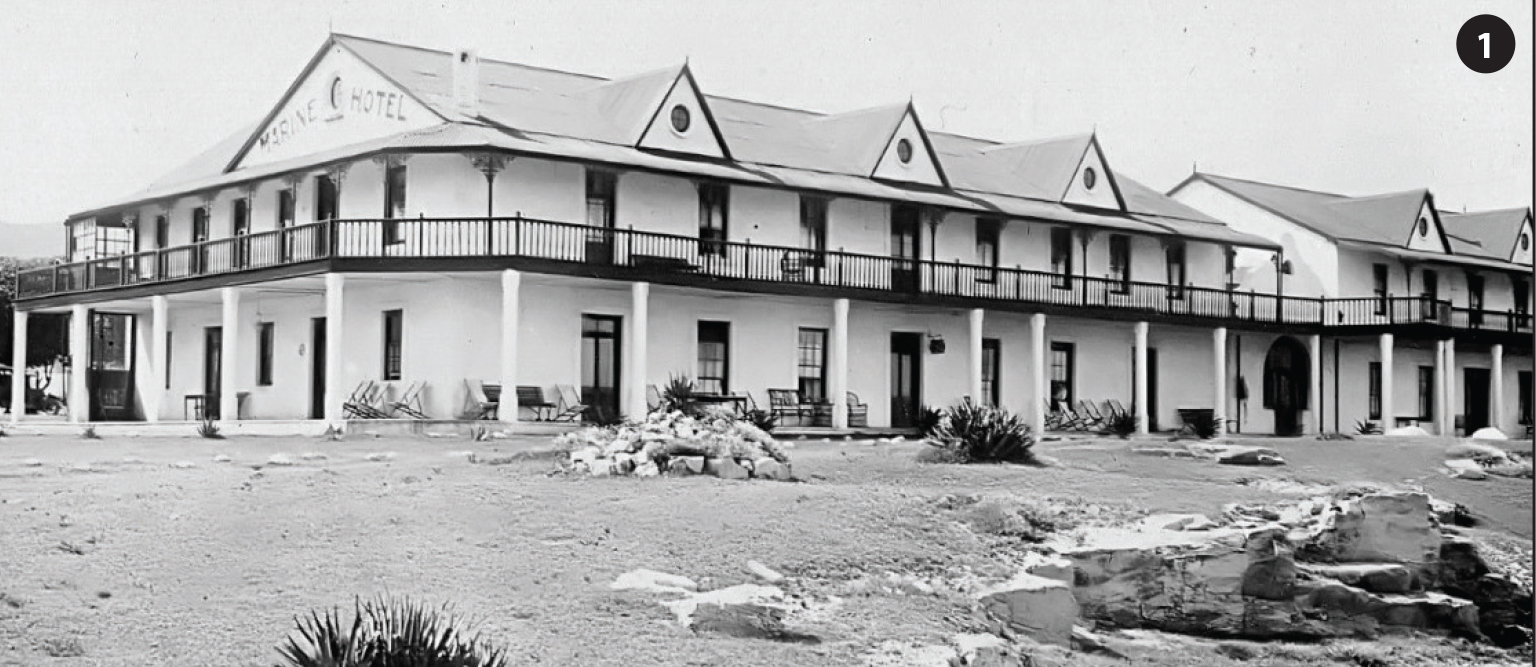
The lighter side of Hermanus hotel holidays
March 20, 2020Hermanus New Harbour, part 2
We can see the second reason that the New Harbour never became the commercial success it could have been.
It became the object of arbitrary decisions by the responsible government department that found itself suddenly responsible for “small harbours”. During its first 50 years of operation, the New Harbour was the responsibility of no fewer than 18 different government departments. Besides this, the Hermanus Municipality received many “requests” to provide services without having any say in management.
The other issue that caused the New Harbour to be underused was the declining number of fish in Walker Bay. Fish numbers dropped sharply in the 1950s as part of the worldwide practice of “serial over-fishing”. Residents of Hermanus were rightly appalled to see ever increasing numbers of foreign trawlers operating in Walker Bay.
The government took no action, just as it does not today in respect of Chinese trawlers in our territorial waters. In one response, the then Minister of Economic Affairs, Mr Jan Haak, is reported to have said: “There was not sufficient proof that fish trawlers were eradicating angling and line fishing … and it would be unreasonable to spoil an industry in which R70 million was invested.”
By the 1960s most issues of the newspaper carried estimates of the number of foreign trawlers in Walker Bay. The first article on this development appeared on 8 February 1964:
The presence of a couple of dozen fishing trawlers in Walker Bay a few days ago has again aroused a storm of protest among anglers and the business community of Hermanus. Fishing for pilchards a few hundred yards from the coast, they netted tons of these small fish upon which the larger fish feed, and, consequently the usual shoals of summer fish such as kabeljou, geelbek and galjoen have gone elsewhere … visitors who formerly came to Hermanus at this time of the year to fish, find the catches so small that they go away to other resorts. Hotels and shops suffer as a consequence … Fishermen in the small boats who for the past three generations made a living fishing in Walker Bay, now also find the usual fish so scarce that they can hardly exist.
A few years later, the position had become worse: More than 80 fishing trawlers from Hout Bay and further up the West Coast were trawling for anchovies in Walker Bay on Tuesday and Wednesday. At 11.30 a.m. on Wednesday, there were more than 20 vessels still in Walker Bay. It has been reported that fishing along the West Coast has been poor since the beginning of the month.
Local fishermen did not have boats suitable for really deep sea work, and gradually they left fishing for other forms of work. By the 1990s virtually no fishing boats were based in the New Harbour, and we enter a phase of proposals about future or alternative uses for the New Harbour.
Meanwhile, maintenance was always a problem, not only on the land but in the water as well. The newspaper carried this article on 5 August 1971:
While an underwater “springclean” of the Walker Bay Coast would be too difficult, the bed of Hermanus’ New Harbour could be cleaned in a day, an experienced diver, Mr Graham Westcott, told the Times of Hermanus.
Mr Westcott is a keen marine life conservationist. Recently it was suggested that the Walker Bay coastline be cleared of fishing line caught underwater.
Mr Westcott who is a Police Reservist and a member of AQUA “A” club, has assisted the police in solving a number of crimes by retrieving safes and bodies as well as other articles from underwater. He has also been a member of the Atlantic Underwater Club for the past ten years.
“The sea-bed at the New Harbour is littered with rubbish including old tyres and junk thrown from the boats,” he said. “This area could probably be cleaned in a day. The Atlantic Underwater Club might be prepared to help. They have a special pollution committee who deal with these problems – their main interest being marine life conservation,” he said.
In 2013, the South African government launched a project named Operation Phakisa, which promised development of South Africa’s small harbours. It was aimed at re-igniting economic growth in selected areas and creating jobs. Its stated aim was to “unlock the value of the ocean economy”, and it would pursue the rehabilitation, upgrade and redevelopment of some small harbours as well as the identification and proclamation of new harbours and their integration with national coastal projects … to unlock the economic potential of our coastline.
No sooner was this announcement made by the relevant central government department than the Western Cape provincial government declared a jurisdictional dispute with national government regarding small harbours. Twelve small harbours are located along the Western Cape coastline, and the provincial government claimed they were a provincial responsibility, and stated it had no belief in the capacity of national government to implement Operation Phakisa. The Constitution was invoked: The Constitution and the Integrated Coastal Management Act empower local government in the following way:
- Legislative and executive authority in respect of harbours within its jurisdiction;
- Custodianship of the natural resources in harbours together with other spheres of government;
- Power to assume management functions and to regulate all activities in the coastal zone, by way of management programmes, planning schemes, and by-laws, provided they are not inconsistent with provincial or national legislation and policies.
In early 2020, it was announced that Operation Phakisa, working through the provincial government and the Department of Environment, Forestries and Fisheries (DEFF – a potentially comic acronym), was to tackle improvements at the harbour.
A new slipway has been opened, and other work is promised. Perhaps, the 69-year old “New” Harbour will, at last, come into its own. Well, at least, we should give it its own
Image 1: Motorised fishing vessel Augusta in New Harbour in 1970. Photos: Old Harbour Museum
Image 2: MFV Jenny Dawn under maintenance in New Harbour in 1966
Image 3: MVF Triton on rocks at New Harbour in 1969.

